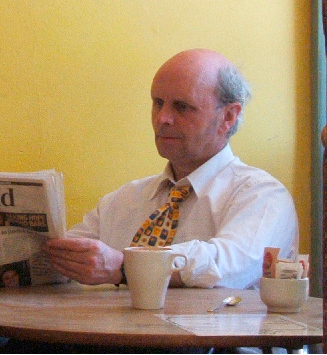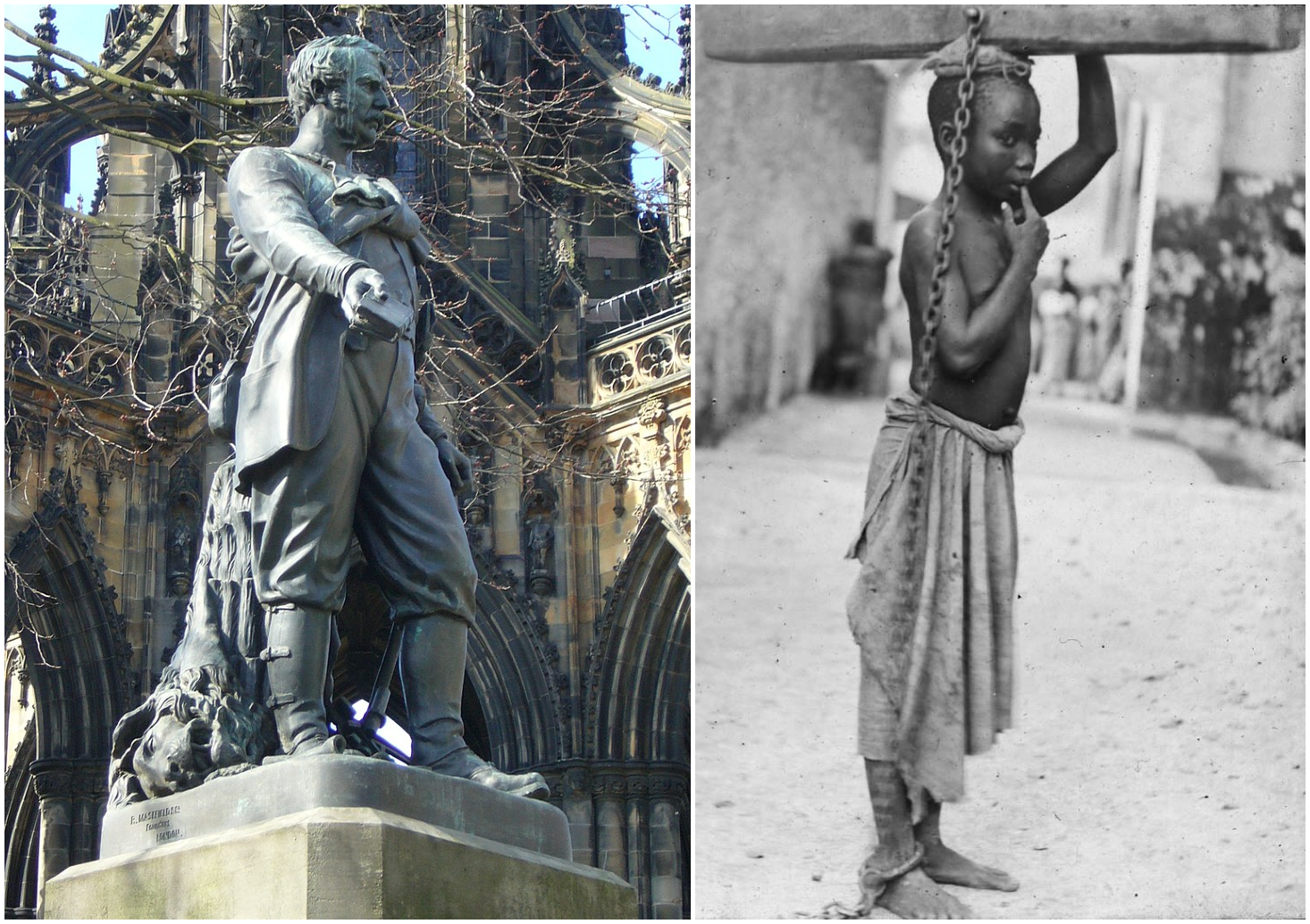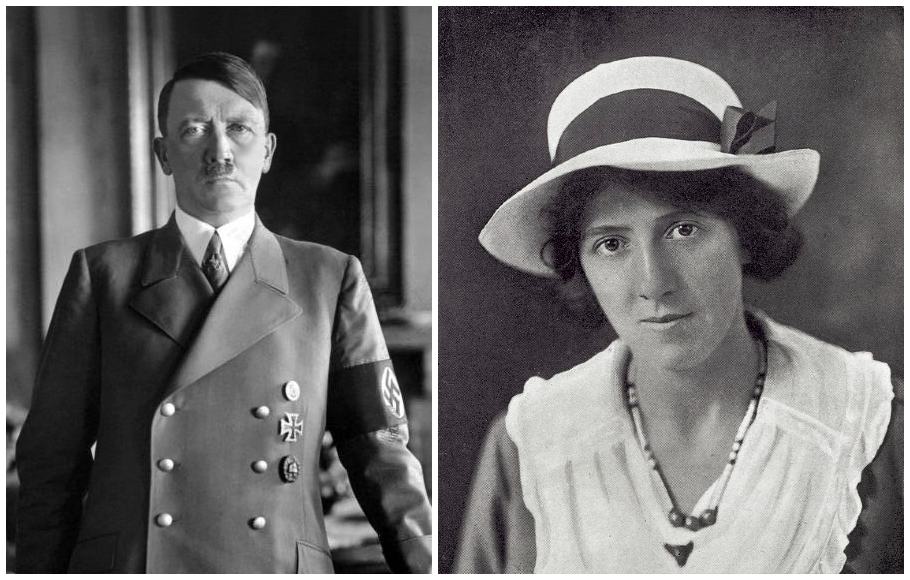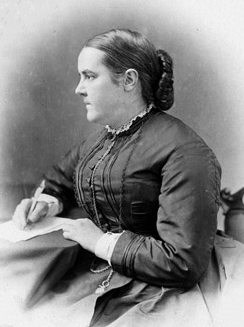David J Black: Of secrets, lies, and Edinburgh’s unaccountable commissariats

David J Black
What is admissible in evidence in our ongoing trial of the past? The Arab slave trade? Modern slavery across Asia? Or are rules and consistency passé? Does Lady Justice need scales or will the sword suffice? Edinburgh Council, for example, remains coy about its plaque in Abercromby Place that pays homage to recreational Nazi and eugenicist Marie Stopes. Its presence is, of course, a testament to hypocrisy.
Who would choose to live in an Ochlocracy? A weird and wonderful word, but with distinctly sinister connotations, it describes a form of arbitrary governance characterised by chaos and disorder in which anything resembling the rule of law or the application of due process is ignored. Dystopian nightmares come to mind. You might think it could never happen in the UK, the cradle of parliamentary democracy. You might be wrong.
Tucked away below the fold on page 23 of The Times of October 28 is a report headlined ‘First minister’s official home tied to slave trade.’ This goes on to inform readers that a secretive body identified as ‘The Edinburgh Slavery and Colonialism Legacy Review Group’ is advising a ‘council-led review of sites possibly tainted by exploitation.’
It turns out that Nicola Sturgeon’s official residence, Bute House, in Charlotte Square, had three owners who benefited from Atlantic slavery. So what are we meant to do? Demolish it? Quite what this curiously opaque Slavery and Colonialism Legacy Review Group’s powers are is far from clear. The council, responding to a freedom of information request, refused to identify the members of the group, which would appear to be an ‘arm’s length external organisation’, other than that its chairman is Jamaican-born Professor Geoff Palmer, a perfectly nice man. The excuse for anonymity was that they might be subject to online abuse “should their personal details be made public”.
We are informed that the group consists of “community leaders, arts professionals, and academic representatives, as well as people working in equalities and justice, and built heritage conservation”. So much for the principle of openness and transparency in Scottish public life, and such minor inconveniences as declarations of interest. ‘Secrecy’ according to Cardinal Richelieu “is the first essential in affairs of the state”. It seems Edinburgh Council agrees with him.
The First Minister’s official residence is an interesting case in point. I’d always thought it faintly amusing that no. 6 Charlotte Square, which only became known as Bute House in the 20th century, was commissioned by an Edinburgh shoemaker, Orlando Hart, who had no connection to the slave trade, but dabbled in property speculation. A lucrative deal, it seems, was the purchase of an indeterminate parcel of land in the Broughton area from the Jollie Estate, just outside the then New Town. Construction post-dated his acquisition of the best Robert Adam designed town house in one of the finest palace fronted residential blocks in the world, so Orlando was presumably already a wealthy man when he paid £290 for the Charlotte Square feu in 1792.
Hart – whose name lives on in Hart Street – died before he could occupy the swankiest neoclassical billet in the city centre, at which point slavery does, indeed, enter the picture. His son sold the house on to John Innes Crawford, who inherited his family’s Jamaican estates at the age of five. Thereafter it was occupied by Sir John Sinclair of Ulbster, progenitor of the pioneering Statistical Account of Scotland which sought to assess, among other things, the ‘Quantum of Happiness’ of the Scottish people. Sinclair, too, inherited family plantation interests and, on abolition, was awarded £6767.4s.8d in a joint compensation claim, though he didn’t live to collect his share.
All this is in the historic record, and it is undeniably a good thing that such facts should be known, but the Slavery and Colonialism Legacy Review group has many other fish to fry, such as the Princes Street statue of Lanarkshire-born explorer, physician, and missionary, David Livingstone, by one of Scotland’s most remarkable, if under-appreciated, woman sculptors, Amelia Paton Hill.

The Livingstone statue in Edinburgh by Amelia Robertson Hill. His letters, books, and journals stirred up public support for the abolition of the Arab Slave trade in East Africa. Pictured right: A photograph of a slave boy in the Sultanate of Zanzibar. 'An Arab master's punishment for a slight offence.' c. 1890. From at least the 1860s onwards, photography was a powerful weapon in the abolitionist arsenal.
Credit: Kim Traynor - Own work, CC BY-SA 3.0
Her close friend Livingstone was a committed abolitionist, and abhorred the discriminatory treatment of black Africans by the Boers and the Portuguese. Having been brought up in a strict Calvinist faith he could be something of a disciplinarian with those in his service, whether black or white, and he was, of course, an agent of colonialism, yet his abolitionist convictions have never been doubted – he even lost a son in the American Civil War fighting in the anti-slavery Union army – but that doesn’t stop his ex post-facto detractors questioning his right to a statue.
In Wales, the journalist who tracked him down in the jungle and greeted him with the immortal words “Doctor Livingstone, I presume” recently had a narrow escape when the residents of Denbigh voted decisively (by 80 per cent to 20 per cent) to leave his statue alone, rather than topple it at the behest of a group who disapproved of his later links with colonialism. Likewise in Manchester, where just over 350 petitioners demanded that Sir Robert Peel be de-plinthed, incensed locals launched a counter petition which garnered over 16,000 signatures in his defence. Peel’s effigy, by the Scottish sculptor William Calder Marshal, continues to grace Piccadilly. In Glasgow, meanwhile, his George Square statue was vandalised by an anti-police activist.
In Edinburgh, the public barely gets a look in, though their views are ostensibly being sought on the latest proposed hit list, which includes Prime Minister William Pitt. Councillors meekly concurred with the general sentiments of their secret morality bureau in the notorious case of the Dundas column in St Andrew Square, and have approved the wording on an explanatory panel.
You won’t find on the so-called ‘explanatory panel’, however, any reference to Dundas’s impassioned defence of the enslaved Joseph Knight in a Scottish landmark case in which he stated “Human nature, my Lords, spurns at the thought of slavery among any part of our species”, nor to his role in steering Wilberforce’s Abolition Bill through the House of Commons.
Bearing in mind that it was Martin Luther King who damned the “legions of half truths, prejudices, and propaganda” which constantly plague our comprehension of the truth, it is bizarre that these known facts should be excluded. The focus is on the delay negotiated by Dundas after he had secured a Commons majority for abolition. This gain would have been wiped out in the Lords, where the West India merchants and their supporters were all-powerful, so he pragmatically conceded that abolition could proceed over a period of seven-and-a-half-years.
It was a case of half a loaf being better than none, and many – including Wilberforce – would be disappointed; but the pragmatism of Pitt and Dundas won the day, and the abolition of slavery was, for the first time in history, enshrined in British law.
This writer will never be a defender of Henry Dundas. As ‘dictator of Scotland’ he controlled a corrupt system of patronage and democracy and ruthlessly dominated the country’s politics for a generation. Defending the truth, however, is another matter, and the truth, in this case, is that in 1777, when Dundas was Scotland’s Lord Advocate, he appeared in a personal capacity on behalf of the enslaved Joseph Knight in the Court of Session and secured his freedom.
The lack of any reference to the case Knight v Wedderburn on the explanatory plaque is echoed in a recent carefully calibrated exegesis on Henry Dundas’s role in the abolition of slavery in The Scottish Historical Review. In like spirit, his role in steering William Wilberforce’s bill through the House of Commons doesn’t rate a mention. This is history as written by bowdlerisers. Could it be that this particular Council-approved explanatory plaque will eventually require an explanatory plaque of its own to identify these carefully orchestrated omissions?
As with Edinburgh Council, so with Edinburgh University. When a Nordic-American language student raised a petition to have David Hume’s name removed from campus the authorities went out of their way to accommodate her. Hume was unceremoniously expunged. The petition had raised a mere 1,800 signatures out of an Edinburgh student population approaching 80,000, and many of the signatories had no university connection, but that made not a whit of difference. It seems that only six complainants of minority ethnic origin had raised it with the university.
David Hume’s crime? He had once stated in a footnote that he was “apt to suspect” that black Africans were less intellectually able than white Europeans. Admittedly, even presented as a conjecture, this was, for Hume, an uncharacteristically stupid statement, made without the benefit of his own evidence-led system of reasoning, and all the more surprising coming from an abolitionist with an unusually humane view of the world. No Hume scholar would defend it for a moment.
The decision by the Principal and his administration was, it turned out, as ill-judged as Hume’s objectionable footnote, being seen by some as a swipe at Scotland’s role in the European Enlightenment, or an attempt to ‘de-Scottify’ Edinburgh University in order to broaden its appeal to full fee-paying international students, a sensitive point, given the Principal’s previous post at Hong Kong University, where many pro-democracy students were less than impressed by his perceived failure to protect their interests. Meantime, the University is paying a group of right-on students £15 per hour apiece to comb through set texts with a view to eliminating suspect colonialist references.
Perhaps, in time, and for a suitable price, Hume’s old tower will be named in honour of a generous benefactor, much as Oxford’s Linacre College, named until now after the Renaissance humanist and physician Thomas Linacre (1460-1524), is about to be relabelled Thao College thanks to a £155 million bung from Vietnam’s richest woman, the airline oligarch Nguyen Thi Phuong Thao. Her contribution to global greenhouse gas emissions? Don’t even think about it.
Back in iconoclastic Edinburgh the university authorities seem blithely unaware of the fact that there is a much better option than airbrushing out Hume – a statue at the south east corner of George Square to William Fergusson, the first (1809) student of African descent in the city – and a man who went on, moreover, to become governor of the British crown colony of Sierra Leone. What better refutation of David Hume’s offensive footnote could there be?
The problem with both the university’s undergraduate board of censors and Edinburgh council’s secret commissariat on the legacy of slavery and colonialism is that – other than the latter’s figurehead, Sir Geoff Palmer – we don’t know who they are, what motivates them, or whether any of them are remotely qualified to pronounce on the virtues and vices of the long deceased.

Adolf Hitler, to whom Marie Stopes sent love poetry in August 1939 because "Love is the greatest thing in the world".
Credits: Bundesarchiv, Bild 183-H1216-0500-002 / CC-BY-SA, CC BY-SA 3.0 de;
Wellcome Collection CC BY 4.0
Apart from such considerations as accountability, their attacks would seem to be as ad hoc as they are ad hominem. Just a few hundred yards due north of Dundas’s column in St Andrew Square there is a plaque to ‘Marie Stopes, Social Reformer’, though someone has taken a grinder to the last two words in an unsuccessful attempt to eliminate them.
Ms Stopes, born at 3 Abercromby Place (part of the block occupied by the First Minister when Bute House was under repair!) has a history every bit as murky as the sins, real or imagined, of Dundas, Livingstone, or Hume. A dedicated eugenicist, she promoted contraception among the lower social groups in Britain to preserve the nation’s ‘superior stock’. She was also an unashamed racist and anti-semite so enamoured with National Socialism that she sent Adolf Hitler a book of her love poems. Her name is now so toxic that even Marie Stopes International, the organisation which promotes family planning in 37 countries, recently dropped it like a hot brick. Marie Stopes had few personal charms, it seems. Muriel Spark, on being told that she was a pioneer of contraception, is said to have remarked “What a pity her mother hadn’t thought of it first”.

Sophia Jex-Blake, leader of the Edinburgh Seven
What a pity, too, that our council’s secret commissariat hadn’t thought to suggest having her plaque removed – but then, it was the city council which had it installed as recently as 1995, so there might be some explaining to do. While they’re at it they could also explain who it was who ordered the words ‘social reformer’ to be ground out, and why. Perhaps the council’s secret commissariat could include the matter on its next agenda.
There might, no doubt, be some in a city in which women are woefully under-represented in the public realm who would deem it a bad idea to strike one of them out, even if Marie was a bit of a recreational Nazi. But, just as a statue of William Fergusson would spike the ‘Hume problem’, there are better choices to make.
For my money, a variation on Rodin’s Burghers of Calais is the obvious answer – Edinburgh’s ‘Magnificent Seven’ – the first group of female medical students to matriculate at any British university. That should help to even up the numbers.








